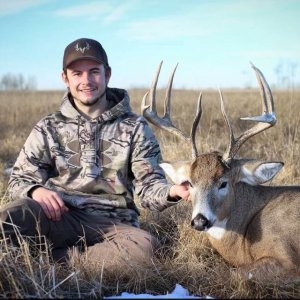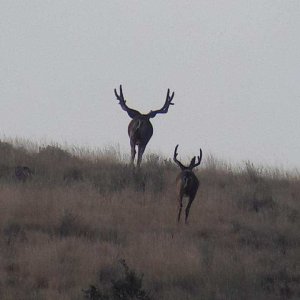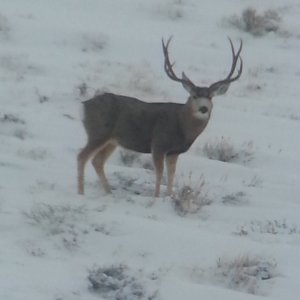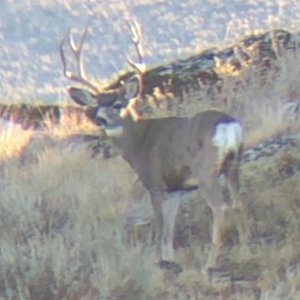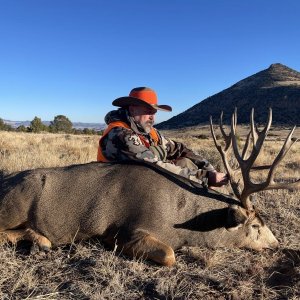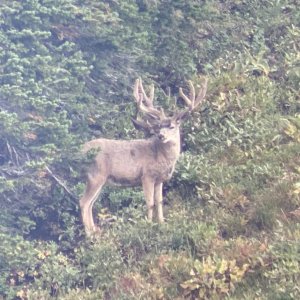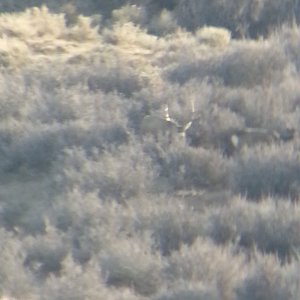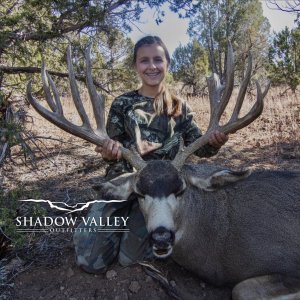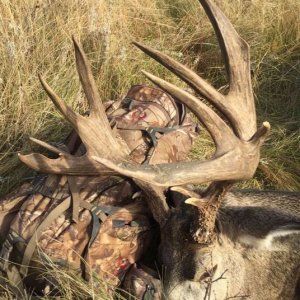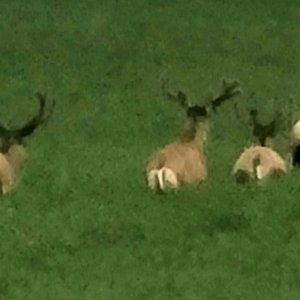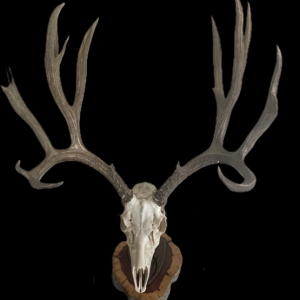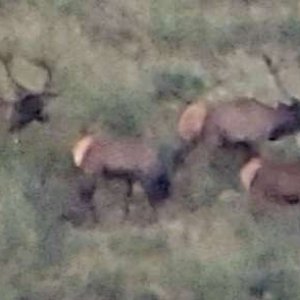This is to all members of the conservation groups in this state-- MDF,SFW, FNAWS, RMEF UBA etc.
I believe there is a need to tell your leadership that its time to scale back the conservation auction tags (bucks and bulls) and return aprox. 50% of them back into the public LE draw pool on an every other year basis. I'm assuming that most of you could never afford $30,000 plus to get an auction tag to hunt an LE unit. You will get some kick back because of the money involved but I truly believe that it is time to allow the general hunting public to have a better chance at drawing one of those additional tags. I'm not sure if most of you know that of the 90% of the auction tag money that is earmarked for worthy wildlife enhancement projects,a portion of that is used to help pay salaries of any fulltime employees of that conservation group that may act as a "project manager". I believe that is legit project expense but its time to scale this program back and give back to the public, who in essence are the "bread and butter" and financial backbone of the Division financially. The money raised has been a financial boon for wildlife projects but its now time to give back so that the public can enjoy those fruits of those projects. The hunter who can afford high dollar hunts have ample opportunities through the CWMU program to purchase tags for high end bucks and bulls. If you agree, your conservation groups leadership needs to hear from you and hopefully they will get behind this proposal. I believe this will be good for all of us. Thanks Richard Hansen
I believe there is a need to tell your leadership that its time to scale back the conservation auction tags (bucks and bulls) and return aprox. 50% of them back into the public LE draw pool on an every other year basis. I'm assuming that most of you could never afford $30,000 plus to get an auction tag to hunt an LE unit. You will get some kick back because of the money involved but I truly believe that it is time to allow the general hunting public to have a better chance at drawing one of those additional tags. I'm not sure if most of you know that of the 90% of the auction tag money that is earmarked for worthy wildlife enhancement projects,a portion of that is used to help pay salaries of any fulltime employees of that conservation group that may act as a "project manager". I believe that is legit project expense but its time to scale this program back and give back to the public, who in essence are the "bread and butter" and financial backbone of the Division financially. The money raised has been a financial boon for wildlife projects but its now time to give back so that the public can enjoy those fruits of those projects. The hunter who can afford high dollar hunts have ample opportunities through the CWMU program to purchase tags for high end bucks and bulls. If you agree, your conservation groups leadership needs to hear from you and hopefully they will get behind this proposal. I believe this will be good for all of us. Thanks Richard Hansen

